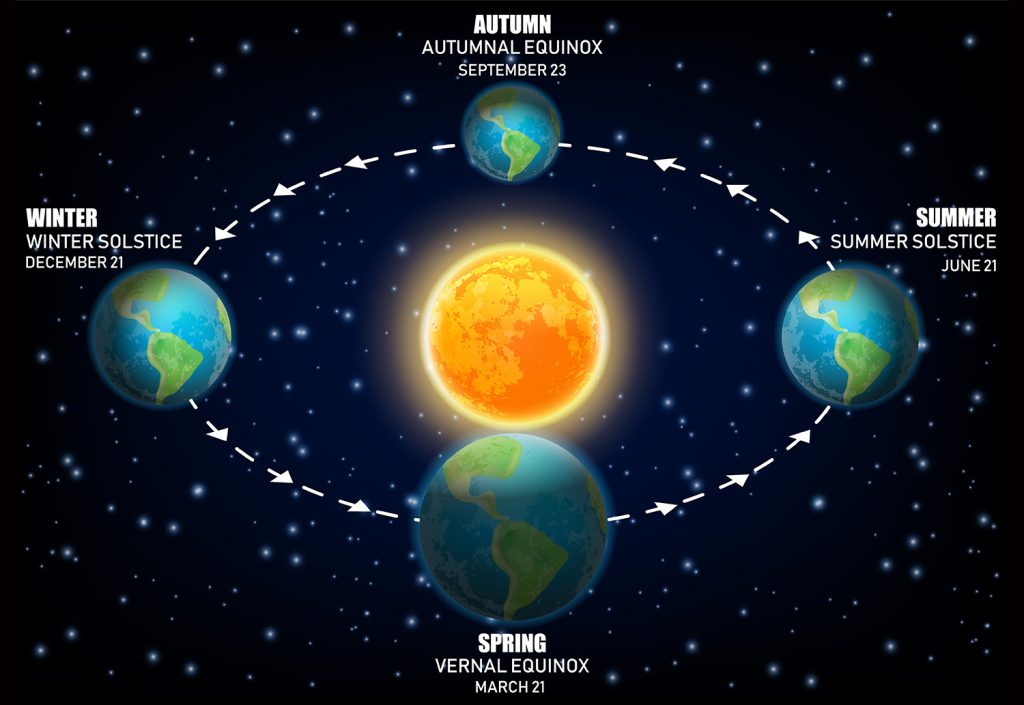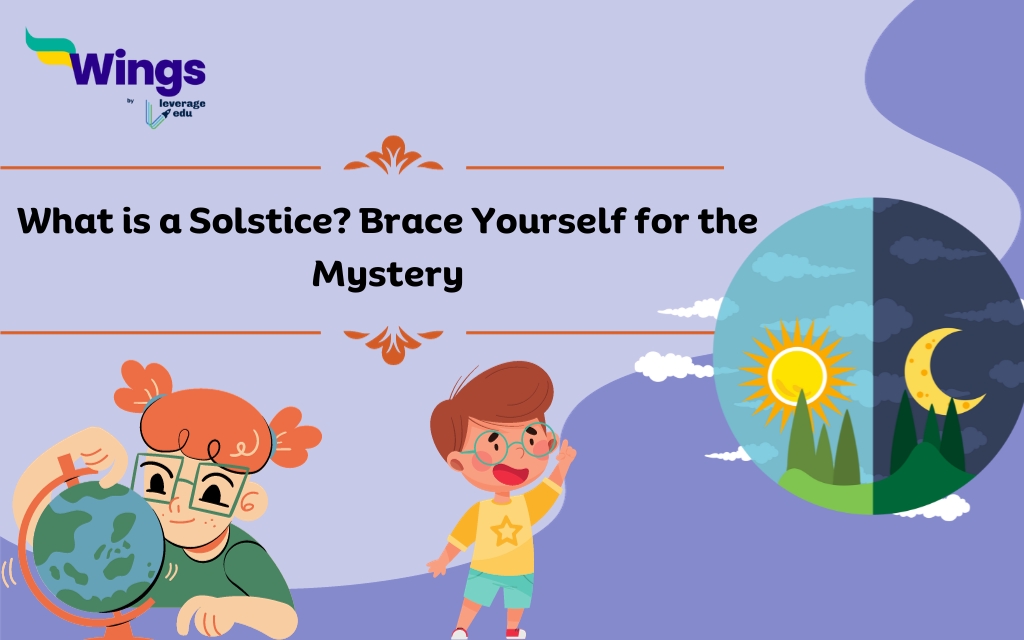A Solstice refers to an event during which the planet’s poles are inclined towards or away from the star it orbits. In other words, think of solstices are solar declination or the latitude of Earth where the sun is directly overhead at noon. Interestingly, in many countries, the seasons of the year are determined based on solstices and the equinoxes.
Also Read: What is Transmission Media?
When do we Celebrate it?
On our planet, the phenomenon occurs twice a year during which the Tropic of Cancer experiences solar declination towards the north and the Tropic of Capricorn towards the south.
| Solstice | Dates |
| Winter Solstice | 22 December |
| Summer Solstice | 21st June |
Also Read: What is Life Skills Education and Its Importance?
What are the Two Types of Solstice?
This unique word is derived from Latin in which sol means Sun and sisto means to stand still. The two types include the Summer Solstice and Winter Solstice. These terms are used to refer to the shortest and longest days of the summer and winter seasons.

What is the Difference Between Summer and Winter Solstice?
Below we have mentioned the most important notes on the difference between the varying Solstices to help you understand the topic better.
| Summer Solstice | Winter Solstice |
| It takes place when the North Pole of our planet is tilted towards the Sun. | It happens when the North Pole of the planet is titled away from the sun. |
| It takes place on 21st June. | It takes place on 22nd December. |
| The inclination is about 23.5°N (the Tropic of Cancer). | The inclination is about 23.5°S (the Tropic of Capricorn). |
| It comes with the longest day of the year in the Northern Hemisphere. | Places beyond the Antarctic Circle experience continuous daylight for about six months. |
| Places that are located beyond the Arctic Circle experience continuous daylight for six months. | Sun rays fall over the Tropic of Capricorn. |
| On this day, the sun’s rays fall directly over the Tropic of Cancer. | Places beyond the Antarctic circle experience continuous daylight for about six months. |
| Since a major part of the Northern Hemisphere receives sunlight and heat during the summer solstice, it is the summer season in the Northern Hemisphere and the winter season in the Southern Hemisphere. | Places beyond the Antarctic Circle experience continuous daylight for about six months. |
Also Read: Who designed the National Flag of India?
Relevant Blogs
| What is Obligate Parasite? | What are 10 Ways to Reduce Pollution? |
| What is the Total Weight of Chandrayaan 3? | What is the Causative Germ for AIDS? |
| What is Soil Erosion? | What is Computer Literacy? |
FAQs
Solstice comes twice a year on 21st June and 22nd December. It happens when the North Pole of our planet is either tilted towards or away from the Sun. Accordingly, this gives us the longest day and longest nights of the year in the Northern Hemisphere.
The longest day on Earth occurs on 21st June which also happens to be Summer Solstice.
December Solstice which occurs on December 21 is the smallest day of the year.
For more information about such informative articles, check the trending events page of Leverage Edu.
 One app for all your study abroad needs
One app for all your study abroad needs














